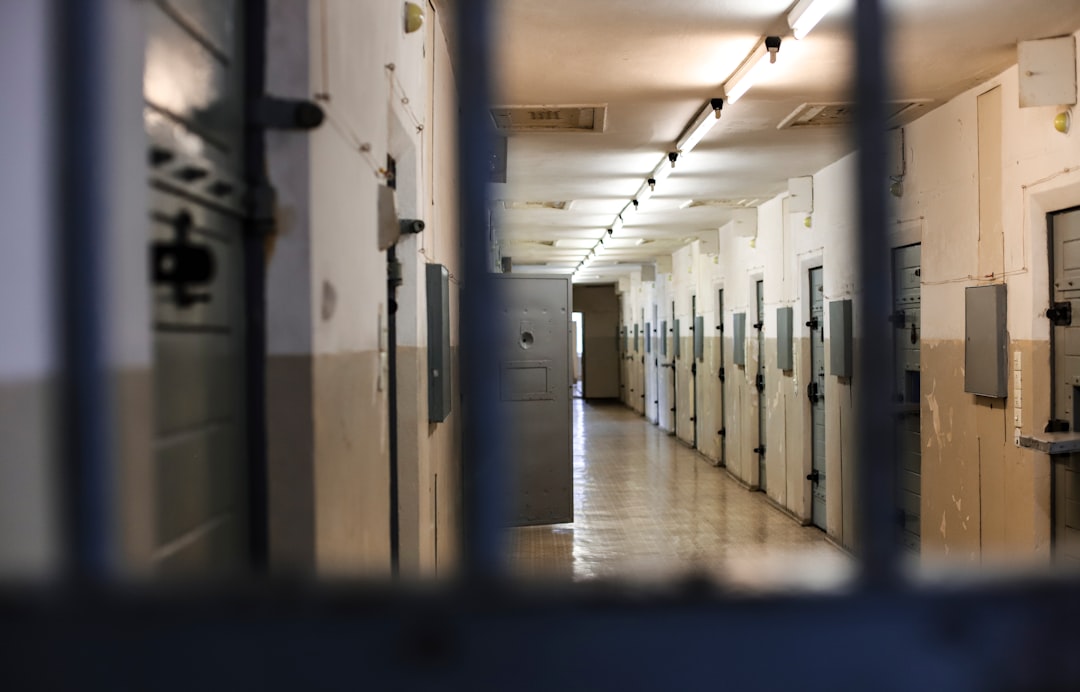A Timely Move After Tough Times (Image Credits: Unsplash)
Los Angeles County – Amid the tense atmosphere of crowded jail blocks, where every interaction carries weight, deputies are about to start recording their shifts with wearable tech that’s already transforming policing elsewhere.
A Timely Move After Tough Times
Picture this: inmate deaths in L.A. County jails have jumped this year, hitting a nerve for everyone involved. The Sheriff’s Department just stepped up with a big commitment. They’ve bought 4,641 body-worn cameras specifically for the deputies working inside these facilities.
Officials aren’t mincing words. They call it a direct shot at boosting transparency and holding people accountable. With so many eyes on the system right now, this feels like more than just equipment – it’s a response to real pressure.
Still, questions linger. Will these cameras actually cut down on incidents, or is it mostly for show? Early signs point to genuine intent, especially given the recent spike.
How These Cameras Work in a Jail Setting
Body-worn cameras aren’t new to law enforcement, but slipping them into jail operations changes the game. Deputies will clip these devices to their uniforms, capturing video and audio of routine patrols, interactions, and any heated moments.
Unlike patrol cars with dash cams, these are personal. They follow the deputy everywhere, from cell checks to mealtime supervision. The goal? An unbiased record that can back up reports or reveal what went wrong.
Implementation starts soon, covering all custodial staff. That’s a lot of footage to manage, but departments elsewhere have shown it can work without overwhelming the system.
Why Transparency Matters More Than Ever
Trust has eroded in places like L.A. County jails, where past scandals and rising fatalities have fueled outrage. These cameras could rebuild that bridge by providing clear evidence in investigations.
For families of inmates, it’s a small comfort. Knowing every encounter might be documented means fewer gray areas when things go south. Prosecutors and watchdogs get reliable data too, making oversight sharper.
Yet it’s not foolproof. Cameras miss blind spots, and editing policies must be ironclad to avoid tampering claims. The real test comes in how the footage gets used – or ignored.
Potential Wins for Safety on Both Sides
Deputies stand to gain as much as inmates here. Footage can protect them from false accusations, turning subjective complaints into verifiable facts. In high-stress environments, that peace of mind counts.
For those behind bars, the cameras might encourage calmer interactions. Studies from other agencies suggest use-of-force incidents drop when everyone knows they’re being watched.
Here’s a quick look at key benefits:
- Quicker resolution of disputes with video proof
- Better training from reviewing real scenarios
- Stronger cases in court, reducing wrongful convictions
- Overall drop in violence through deterrence
- Public access to redacted clips for accountability
Challenges Ahead in Rolling This Out
Outfitting thousands of deputies sounds straightforward, but logistics bite. Training sessions, storage for massive video files, and privacy rules for non-criminal recordings all add up.
Jails differ from streets – constant surveillance could raise inmate privacy issues, especially in medical or personal areas. The department promises opt-outs where needed, but balancing that with coverage will be tricky.
Cost is another hurdle. While the purchase is done, ongoing maintenance and legal reviews for footage releases won’t come cheap. Taxpayers will watch how funds get allocated.
What This Means for the Future of Jails
Beyond L.A. County, this could set a precedent. Other big systems might follow, pushing body cams from streets into every corner of corrections. It’s part of a larger shift toward tech-driven reform.
Success hinges on commitment. If the Sheriff’s Department reviews footage regularly and acts on findings, real progress is possible. Otherwise, it risks becoming another unchecked box.
In the end, these cameras symbolize a willingness to evolve, but only time will show if they deliver safer, fairer jails for everyone.
Key Takeaways
- 4,641 cameras target jail deputies to tackle transparency gaps.
- Aimed at curbing inmate deaths through better accountability.
- Expect benefits like reduced force and protected rights, if implemented well.
Change like this doesn’t happen overnight, but it’s a solid start toward mending a broken system. What do you think – will body cams make a difference, or is more needed? Share your thoughts in the comments.








